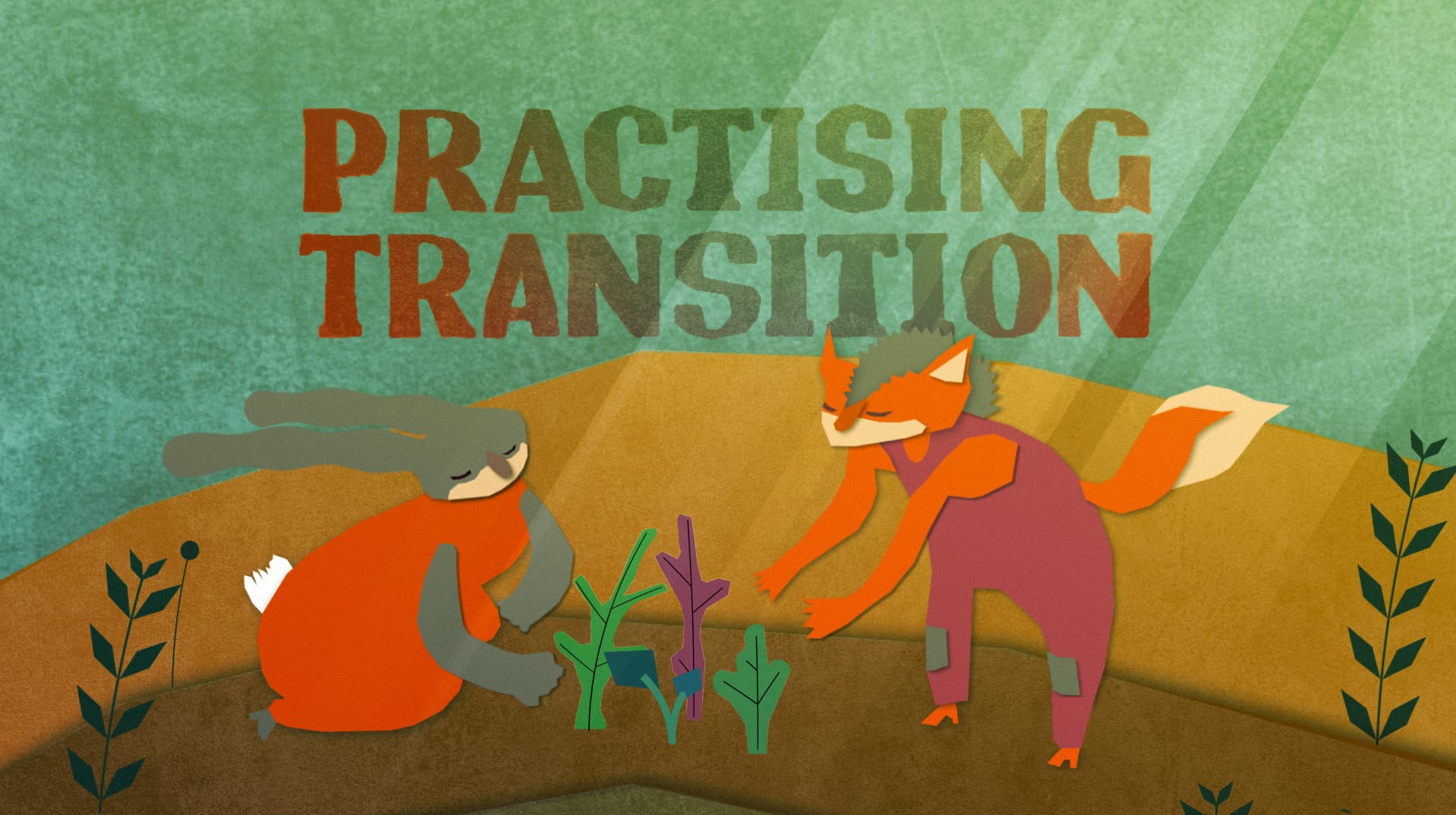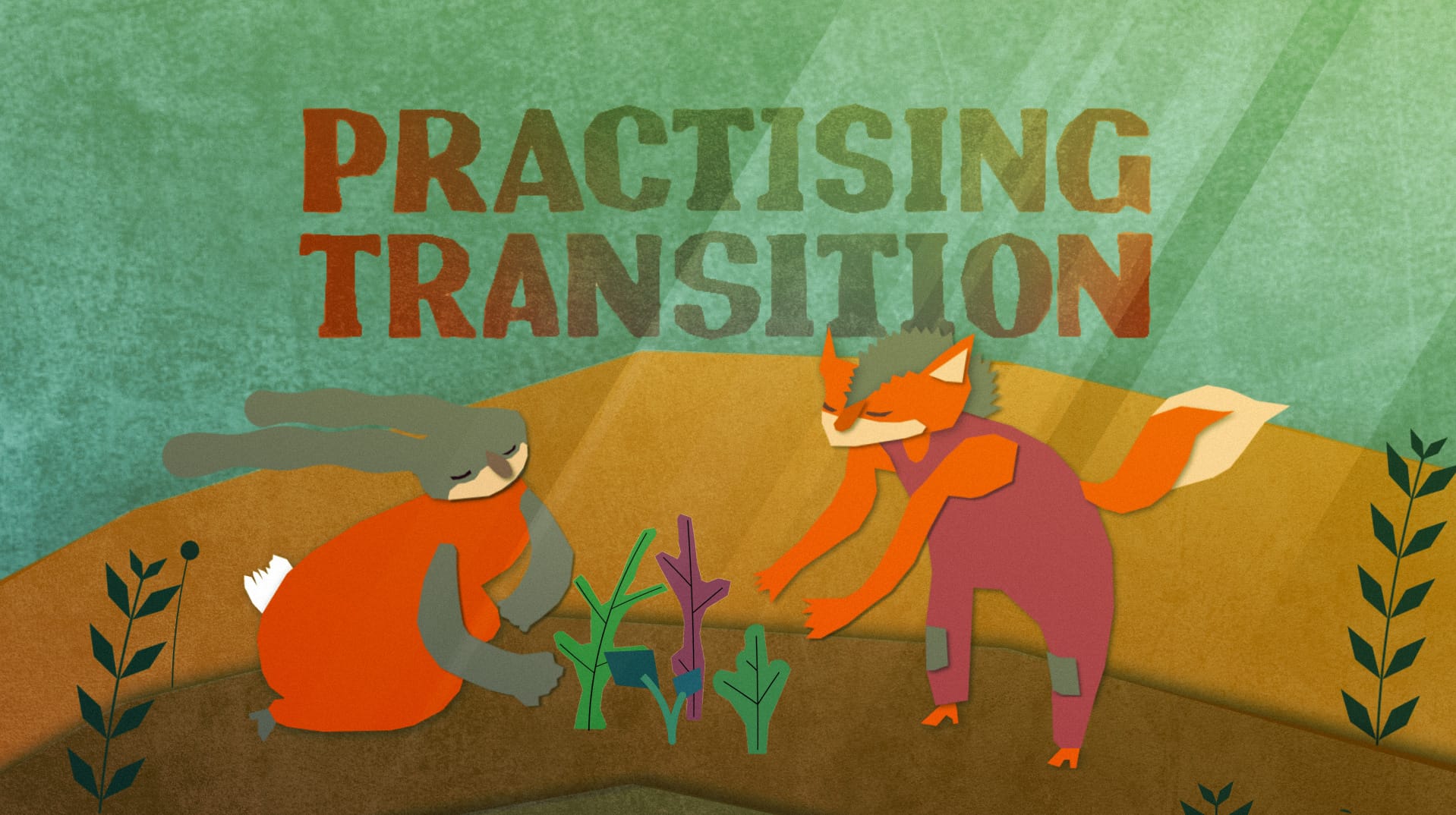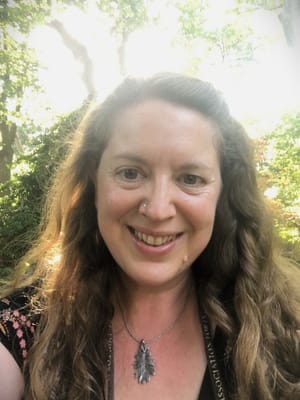A Theory of Change is an idea about how change happens. A Practice of Change is something more tangible - a set of practical approaches or activities that we have experienced as creating the changes in the world we want to see. We have Practiced them and seen the differences they made.
For the last 18 years Transition has been experimenting with how communities can initiate and lead positive change. We've all learned a lot- through our mistakes and our successes. The practices used and the outcomes they led to may be quite different in different places, cultures or circumstances.
Watch the full version (5') of the video here
During the Transition movement evaluation work carried out in 2020 to 2021, we noticed that the outcomes of Transition activities and groups were patchily distributed - meaning that in some Transition groups and projects there were positive and significant changes made through their activities, and in others this was less the case.
Some groups had become really good at particular kinds of activities and changemaking - like supporting local food resilience, and others were having success in a different arena, such as disaster preparedness and response. Through the difficult recent years of pandemic, social unrest and increasing climate change impacts, some Transition groups were managing to grow and thrive, whilst others were struggling or ceasing to function in the face of these difficulties.
We became very curious about what approaches, practices or local contexts enabled Transition activities and groups to continue to thrive and support positive outcomes in their communities.
How did Cooperation Humboldt in California create such a successful mutual aid response during Covid-19?
How did Transition Bonn in Germany gain the trust of the municipality and lead a city wide project?
How did the Liège en Transition food belt become so successful? How might other groups replicate something like that?
What practices did Transition groups in Rio de Janeiro use to create networks of support between residents of the favelas and other parts of the city?
What we're looking for here
Over the last few years Transition Network has shared the ingredients of Transition, and the characteristics of Transition. You could think of the Characteristics as general aims. Something that Transition groups are aiming to support or bring about.
Now we'd like your help identifying and sharing more widely the Practices of Transition. The approaches we can actually do and use that create positive change.
In the Practicing Transition campaign we're not after an inspiring story or project description. We do love stories and recognise their importance - and we will also be collecting stories through our Sensemaker evaluation tool - so look out for that coming soon!
However, for your Practicing Transition contributions we are looking for something different.
Let’s share what actually works. What we have learned through 18 years of experimentation all over the world and in many different contexts. Your creativity, experiences and learnings are super valuable now, and we want to help you share that with others who could benefit. We can learn from each other, reflect on our various experiments, and see what patterns and new ideas are emerging.
What is a Practice of change?
- A practice of change is something you actually do.
- It has an intended outcome toward a desired aim or change. Such as those described in the Characteristics of Transition.
- It is something that you believe works, that you have observed or experienced to make a positive difference compared to when you do not do it.
- It is practical, concrete, and replicable.
- You've done it. Another group could do it.
It might be a well known Transition practice like Visioning - but with a particular variation or technique that you think is an improvement, or works particularly well in certain conditions, contexts or cultures. We would love to hear about your local variations.

An example of a Practice which contributes to Living Systems Design, and leads to healthier ecosystems and more successful food growing is the Permaculture practice of doing a year of observation of the land for a community garden, before design and planting.
Sometimes it's hard to tell the difference between a practice and a tool. In this case the tools might be journals, wildlife and plant surveys, soil monitoring equipment and so on. For a healthy group activity the practice might be developing conflict resilience and a tool might be following a Clearings procedure or mediation process.
Some practices and tools examples
Here are a few more examples linked to the Characteristics of Transition. Click on each characteristic to see the examples:
Energising Networks and Alliances
Examples:
Inviting diverse partnerships with stakeholders at different levels of scale (local neighbors, municipal government).
Engaging with need for change
Examples:
Hosting a series of Film nights
Delivering Transition talks
Connecting and Caring for each other
Examples:
Setting up a regular potluck
Setting up a mutual aid group
Creating a disaster preparedness and response group
Training and response protocol
Supporting inner transformations
Examples:
Developing emotional literacy
Setting up mental health support groups
Hosting deep nature connection experiences to develop ecological mindsets
Address injustice
Examples:
Cooperation Humboldt developed a somatic program to unlearn white supremacy, and created a local tax that went to support local indigenous people.
Living Systems Design
Examples:
Ecosystem mapping and analysis
Contribute to well-being economy
Examples:
repair cafe
library of things
cooperatives
LETS scheme
local currency
barter festival
gleaning waste food and re-distributing it
Broaden and deepen participation
Examples:
develop participatory democracy
citizens assemblies
participatory budgeting
outreach program to include marginalized groups
organize local festivals
Here are some examples of practices and tools:






Member discussion